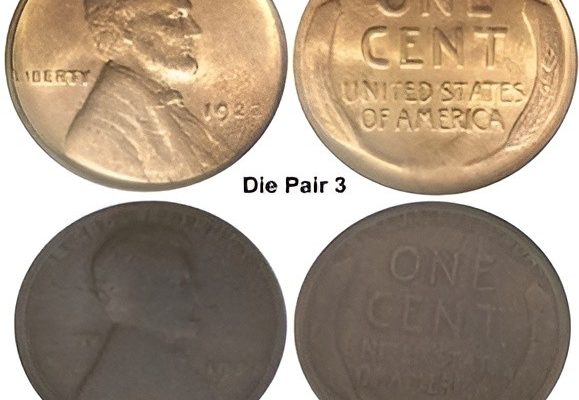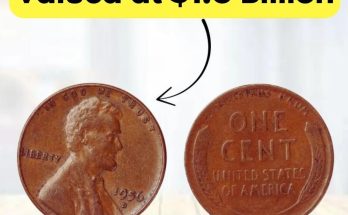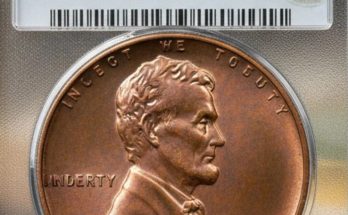
Why the 1922 “No D” Penny Is So Valuable
In 1922, all Lincoln cents were minted in Denver, meaning every coin from that year should have a “D” mint mark under the date. However, a striking error occurred—some pennies were produced with no mint mark at all.
This “No D” variety is one of the most famous and sought-after mint errors in U.S. coinage history.
Key Identification Features
1. Year: Must be 1922
2. Missing Mint Mark: No “D” under the date
3. Condition: Higher grades can skyrocket in value
On the record-breaking example:
- Grade: Mint State (certified by a top grading company)
- Error: Missing “D” mint mark
- Sale Price: $26,868.75
Even Lower-Grade Coins Are Valuable
You don’t need a perfect example to cash in:
- Circulated “No D” examples have sold for $1,300 or more, even without grading.
- Strong demand means auctions often attract multiple competitive bids.
Why the “No D” Error Exists
Experts believe the missing mint mark was caused by die polishing at the Denver Mint, which accidentally removed the “D” from the die before striking coins. Only a small fraction of 1922 cents have this error.
How to Spot One
- Check the Date: Must read “1922”
- Look for the Mint Mark: If it’s completely missing, you may have a “No D” variety
- Get It Verified: Send to PCGS or NGC for authentication and grading




